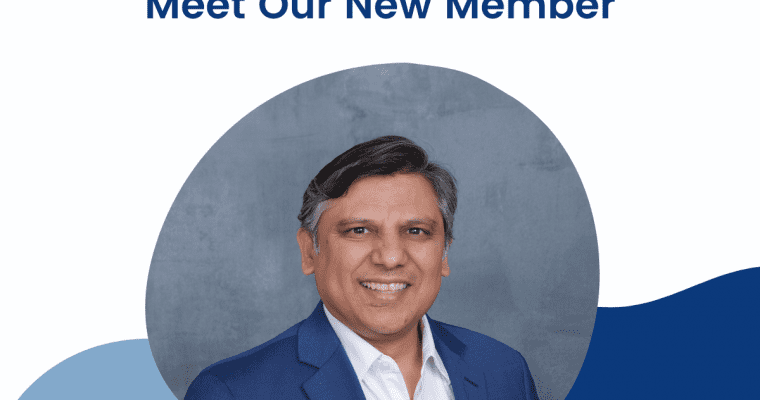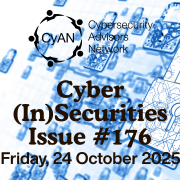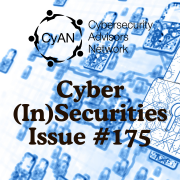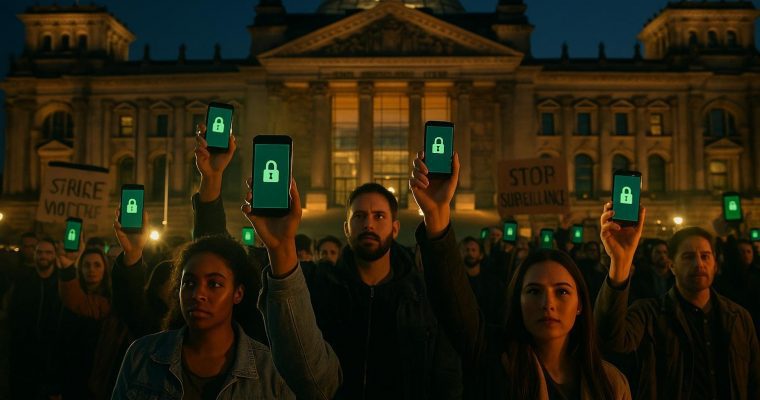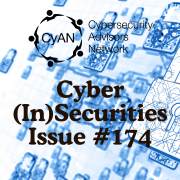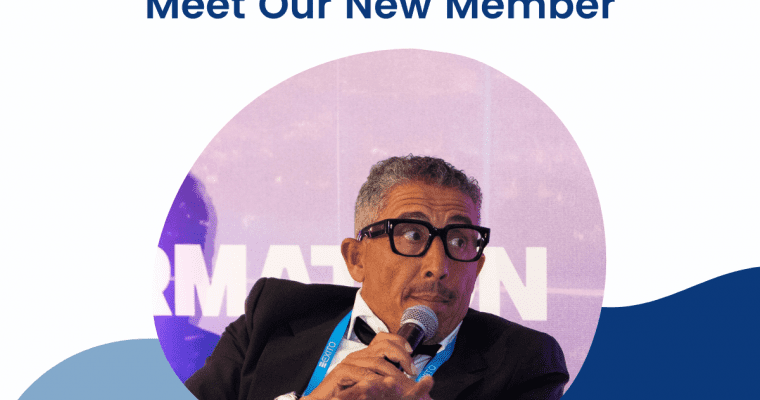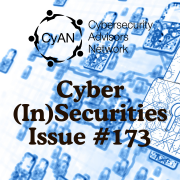Please welcome our newest member from the United States, Sandeep Desai
Sandeep Desai is a board-engaged cybersecurity and technologyexecutive with 20+ years of experience aligning cybersecurity, ITstrategy, and enterprise risk management with revenue growth,operational resilience, and regulatory compliance goals across publicand private enterprises. Known for translating compliance mandatesinto operational excellence, Sandeep specializes in modernizinggovernance, scaling secure …
